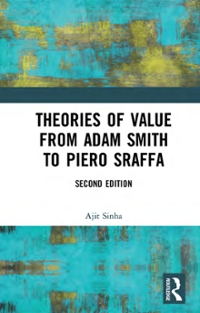Question
In April 2021, Amazon charged US$119 per year for Prime. Investment bank RBC Capital Markets carried out a consumer survey. Asked how they would respond
In April 2021, Amazon charged US$119 per year for Prime. Investment bank RBC Capital Markets carried out a consumer survey. Asked how they would respond if Amazon raised the price of Prime to US$139, 46% said that they would cancel their subscription.
1. Based on the survey, calculate the own-price elasticity of demand for Prime. Is the demand price elastic or inelastic?1 2. How does Amazon's policy of automatically renewing Prime subscriptions influence the stickiness of subscribers? How does it affect the own-price elasticity of demand for Prime? 3. Which behavioral bias of consumers does the automatic renewal policy exploit? 4. How does the sunk-cost fallacy affect the price elasticity of demand for products sold on Amazon?
Step by Step Solution
There are 3 Steps involved in it
Step: 1

Get Instant Access to Expert-Tailored Solutions
See step-by-step solutions with expert insights and AI powered tools for academic success
Step: 2

Step: 3

Ace Your Homework with AI
Get the answers you need in no time with our AI-driven, step-by-step assistance
Get Started


